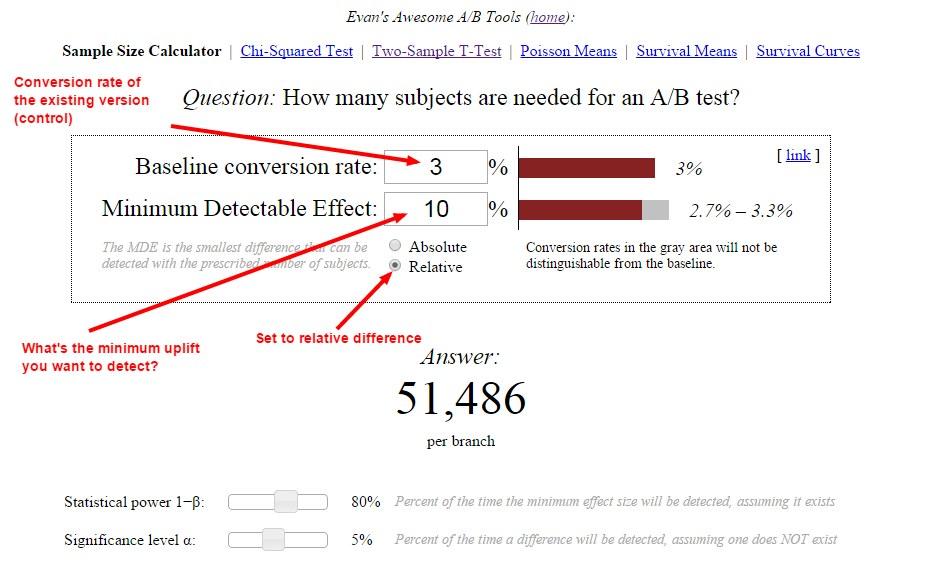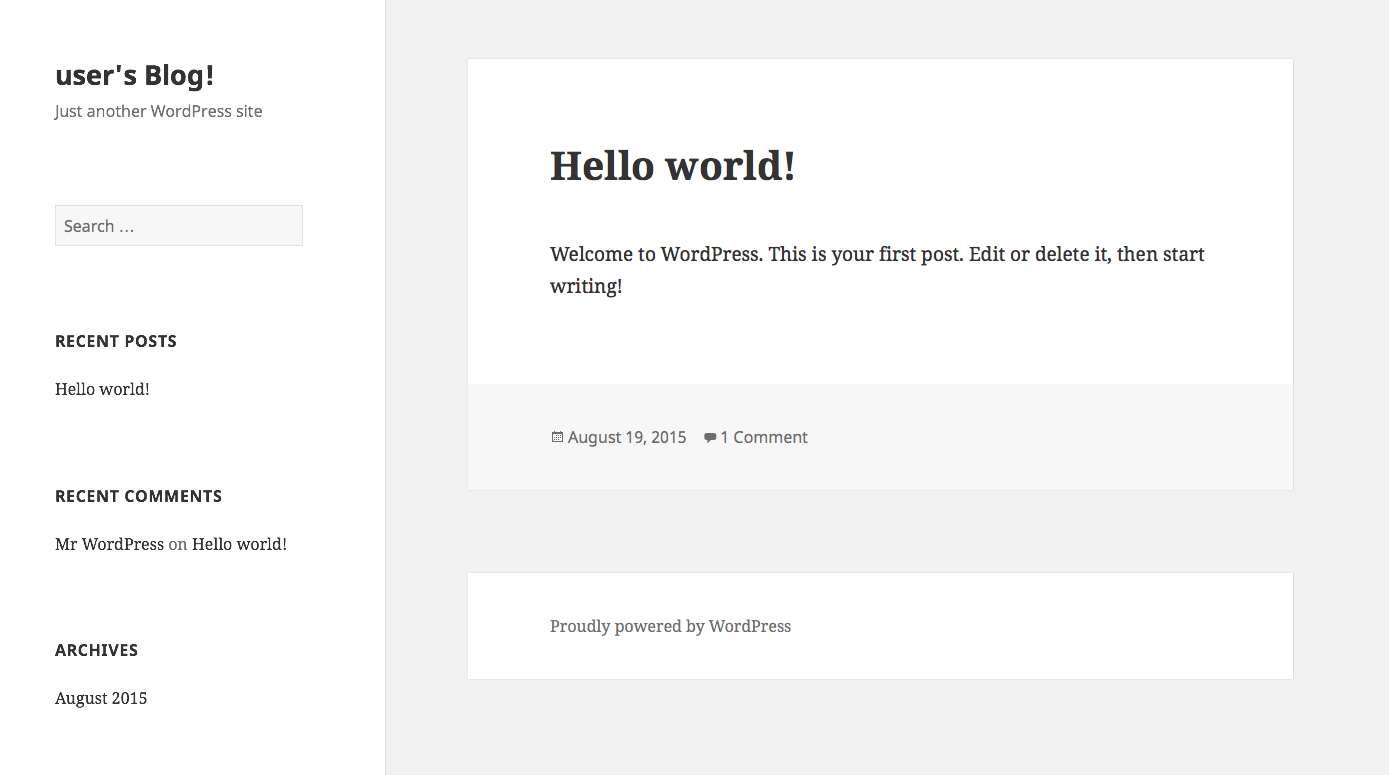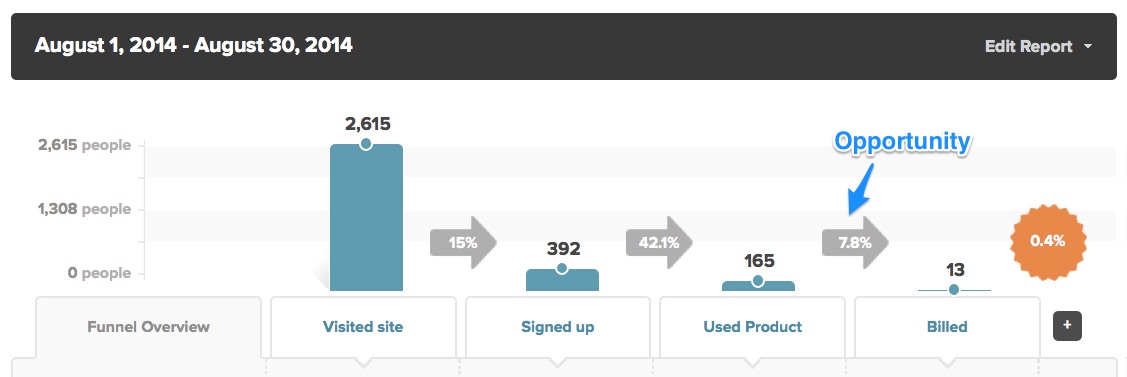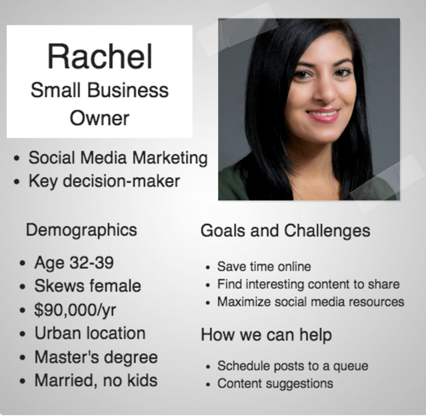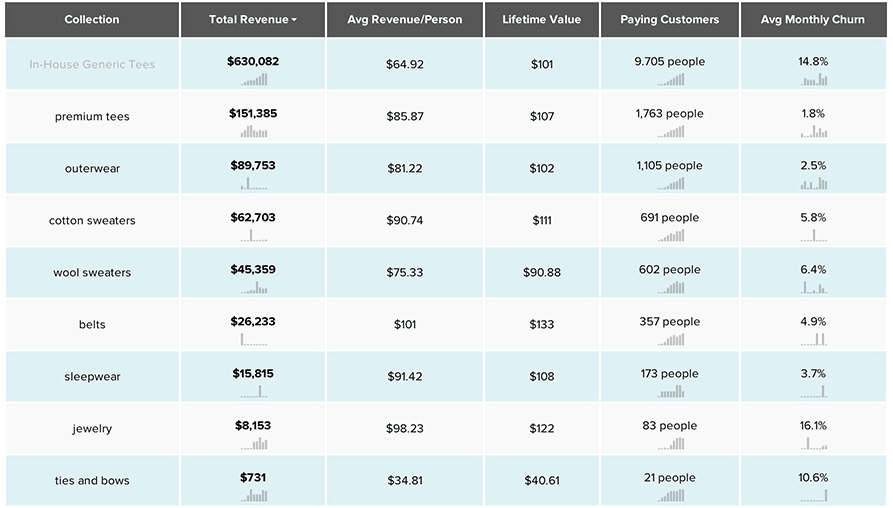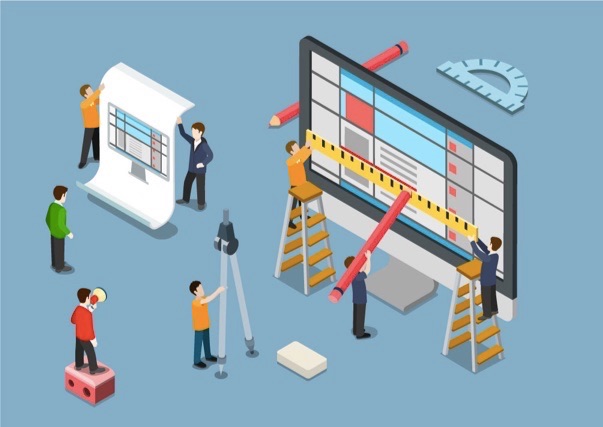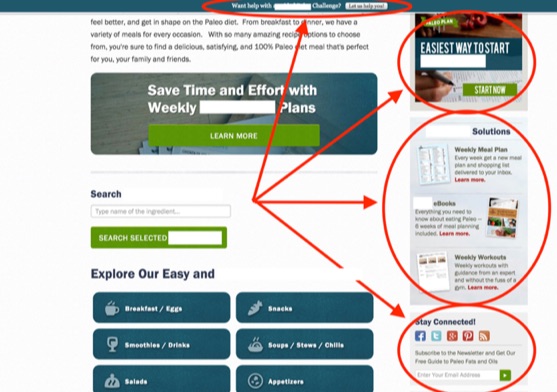Continue watching.
These two words are infamous in the world of video streaming. When consumers are hooked, they want more to watch.
“Content marketers should consider the binging trend a sort of case study. All of the elements that make us binge are lessons,” says Kari Matthews, a content writer for technology companies.
“We can do what these [television] shows do, in our own way, in our own industries, to make the most of our content and build our brands.”
Work with your team to engage customers with binge-worthy product videos. Get them excited about your brand and ecommerce services.
Try these five strategies below to entice your consumers.
1. Cater to Diverse Audiences
Normally, experts suggest creating content to serve a select group of people. But when it comes to product videos, you may want to take a different approach.
You want your content to be shareable. So, it must serve several different audiences. And that includes people who will never purchase your product.
“Remember that not everybody who buys, buys today, not everybody who consumes content shares it, and not everybody who shares content buys,” states Scott Allan, chief marketing officer at AddThis.
“Instead of focusing on capturing leads, create memorable content that customers will draw on when they or their friends are ready to make a purchase.”
So, produce content that people can share with their family and friends. Focus on moments that everyone can relate to, like laughing with friends, hosting a summer barbeque, or attending a college football game.
Below is the noteworthy Dollar Shave Club product video. Not everyone who shared this content bought the shavers, but it did go viral and reached their target audience.
If your company wants avoid vulgar language, think of your product video like a PG-rated film. For instance, most Disney movies are meant for kids to enjoy, but they have enough common themes to engage the parent.
Don't be afraid to serve more people with your videos. The goal is to spread the word.
2. Develop A Backstory
For product videos to gain your audience's attention, the content must discuss more than the product. Yes, content must go beyond talking about your company.
In other words: Tell a story that emotionally attaches people. It's all about showing your audience a new perspective. And giving them a different insight that humanizes your brand.
Studies show that “Americans alone consume over 100,000 digital words every single day, but 92% say they want brands to tell stories amongst all those words.”
The same holds true in the world of video. A written product description isn't good enough. And a video regurgitating similar information is just awful.
According to For Dummies, a “backstory refers to everything that occurred in your story's past. A character's backstory may include family background, job history, psychological condition, and any memories you create for that person from childhood on.”
Instead, bring your videos to life with characters and a plot. Give the actors names and set up an environment where the product is being used, not displayed.
That's what Amazon did when they introduced its Echo. Rather than giving consumers a run down of the product features, the eCommerce giant showcased the product's value in a simulated setting.
Get creative. Show, don't just tell consumers about your products.
3. Create Episodic Content
According to Netflix, the network's 83 million members watch more than 125 million hours of TV shows and movies every day. That's a lot of time in front of a screen.
But what keeps viewers coming back for more?
One reason is access to uninterrupted content. Consumers don't need to worry about commercials. Advertisements don't get in the way of their favorite shows. Therefore, they can focus on viewing what they love the most.
Another reason is the addicting show plots. A great television show contains episodes that leave the audience wanting more. People constantly want to know what's going to happen next.
Will the main character finally locate the killer? Or will the antagonist prevail and destroy his enemies?
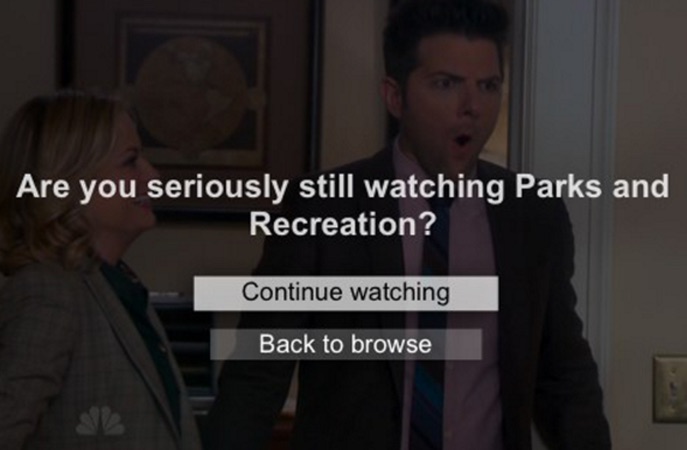
Episodic content has people on the edge of their seats. And that's how your team should set up product videos.
Shoot multiple videos with cliffhangers. Get consumers intrigued about your brand culture and latest product benefits.
“Episodic content enhances the credibility of your brand as people become more and more familiar with you and what you are about. This builds trust and value with your target audience,” says Kerri Ponder, a writer at Crowd Content.
One product video is fine. But a bunch can get customers hooked on your ecommerce brand.
4. Notify Customers of Updates
Your customers are busy. They have to manage both their work and home schedules.
So, sometimes certain things get forgotten. And that's perfectly fine.
That's where are your team steps in. Remind your customers of your new product videos.
There's an old marketing adage: The Rule of Seven. It says that a “prospect needs to see or hear your marketing message at least seven times before they take action and buy from you.”
Create a special website pop-up telling them about new videos. Keep customers informed by sending notification emails leading up to the launch.
Your business already sends updates about new terms and conditions. Mimic the technique for product videos.
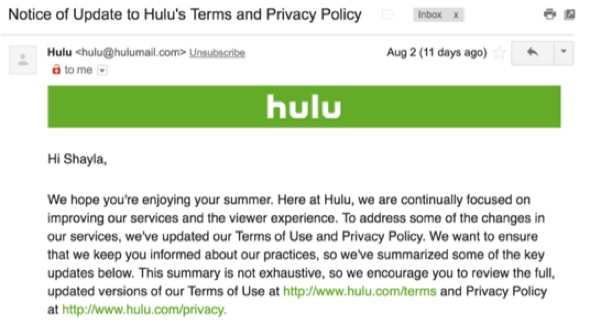
“Getting people excited about content that is perhaps not yet fully done whets their appetite and keeps them talking about you and your brand, days ahead of when your campaign or content actually is released,” writes Shanna Cook, senior social media manager at Nokia.
Like any marketing tactic, don't over do it. Reminders can become nuisances if they are sent every single day. Take a look at your internal data and set times best suited for your target audience.
Ask customers to sign up for your email list for product video announcements. There's power in notifications.
5. Offer an Instant Reward
Everyone enjoys special gifts for their efforts. Reward customers for taking the time to watch or share your video.
Customers want to be delighted. They desire instant rewards that help them today, not tomorrow. So, stay away from mail-in rebates or points that can't be redeemed today.
For example, at the end of a product video, offer a 10% promo code. And think beyond discounts. Give away exclusive access to a webinar or a free eBook.
Christian Karasiewicz, a social media marketing professional, suggests the following:
“Develop a video to showcase your expertise or further educate your viewers, then include a YouTube card that leads your audience to related material. This can be a transcription, checklist, infographic, SlideShare or downloadable PDF…”
YouTube cards are notifications that appear in your video. It's a small rectangular box at the top right corner. It gives your viewers a preview of the message. Check out the video below on how to add cards to YouTube videos.
Analyze which rewards consumers like the most. Then, start offering instant rewards for watching your product videos.
Binge-Worthy Content
On-demand video is attracting consumers to brands. The best ones hold the audience's attention and keep them engaged.
Aim to create product videos for a diverse audience. Give your videos a backstory. And notify customers of new releases.
Produce captivating product videos. Let consumers continue watching.
About the Author: Shayla Price lives at the intersection of digital marketing, technology and social responsibility. Connect with her on Twitter @shaylaprice.

